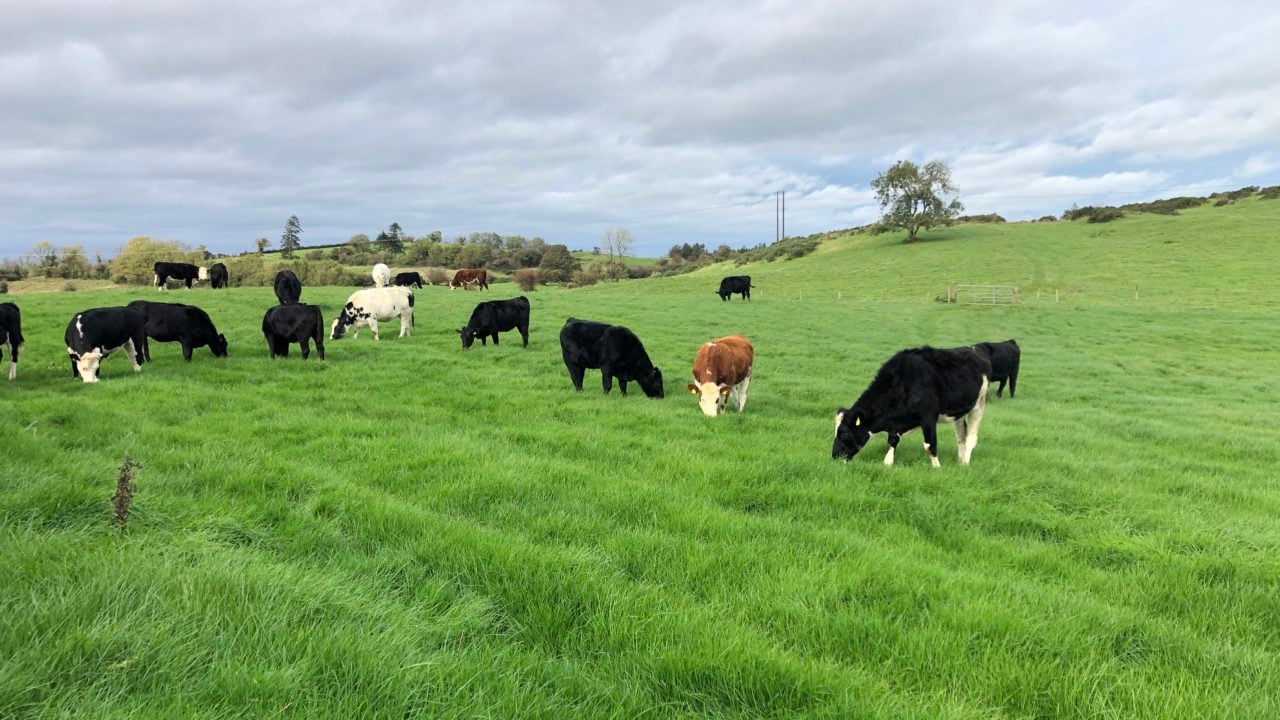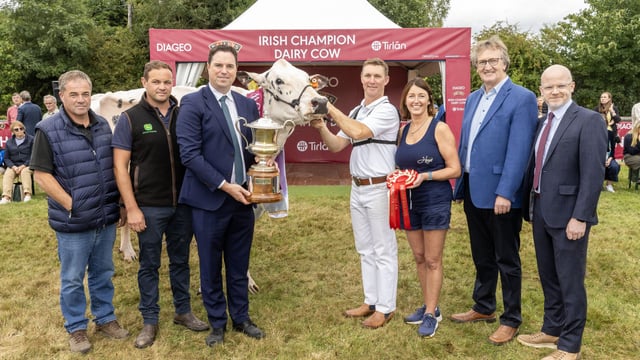Tips for improving grazing infrastructure on beef farms
Improving the grazing infrastructure on suckler and beef farms can pay dividends in helping to make herding cattle at grass an easier task.
Starting with the most obvious tasks - like boundary fence improvement to areas such as investment in a drinker system and paddock fencing - will help make grassland management and managing cattle at grass more a straightforward procedure.
In past years, tight margins and lower morale resulted in lower on-farm investment in the drystock sector, but with 2025 having been a more positive year from a weather and price perspective, there is an increase being seen in investment in drystock farm infrastructure.
A paddock system should ideally have 7-10 paddocks per group of cattle, with at least one water access in each paddock. Drinkers should ideally be placed at the centre of the paddock so the area can be split further if needed.
When considering paddock size, the Teagasc advice is to aim for a 72-hour or a three-day paddock.
As a general rule of thumb, allow paddocks to recover for approximately 21 days before being grazed again to ensure consistent grass growth and availability.
When grass-growth surpasses these levels, paddocks can be skipped and taken out for bales.
A paddock with enough grass for three days at the optimal sward grazing height will allow for fields to be large enough for machinery and these can also be split when grazing younger stock or in tougher grazing conditions.
While a permanent paddock system is a good start, investing in temporary fencing such as good electric fence wire reels and pigtail posts is also beneficial when paddocks need to be sub-divided.
An effective electric fence is one of the most cost effective ways in fencing in cattle. Where a mains fence is being used ensure it has high-enough power for the area of fencing.
On areas of ground with no ESB connection, a solar fence can be used or standard battery fences can be used also.
Farm roadways provide better access to fields that are further away from the farmyard and make it less challenging to move cattle around the farm.
Where budgets do not allow for stone roadways, fencing strips for moving cattle can also be beneficial.
Sometimes on drystock farms, there is significant investment in farm sheds and little to no investment in grazing infrastructure.
When it comes to fencing, paddocks and drinkers, the old saying 'a little does a lot' is surely relevant when comparing to the costs associated with building sheds.





